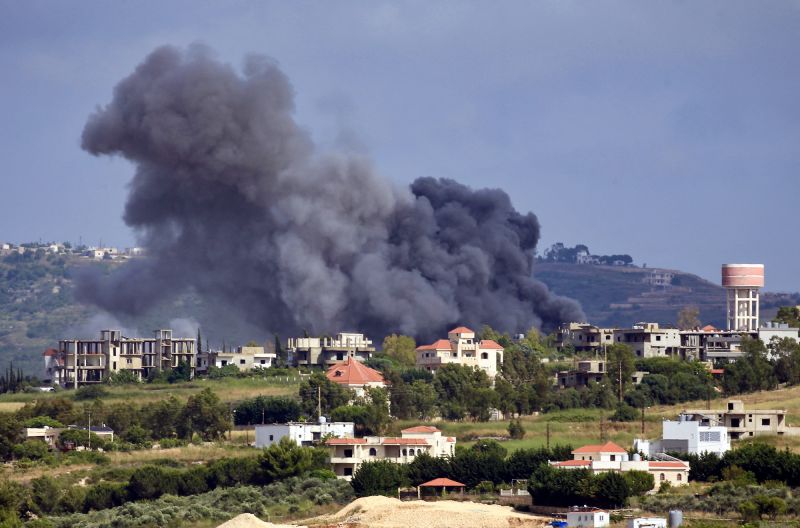The Strategic Geography:
Firstly, one of the fundamental reasons why an Israel-Hezbollah war today would be more dangerous than the previous iterations is the seismic shift in strategic geography. Unlike the past, a broader slate of theatres of conflict expands beyond Lebanese or Syrian territories. Iran’s long-term strategy has birthed a string of alliances across the region establishing a ‘resistance axis’. This means that a new conflict could rapidly engulf the entire region, affecting not only Israel and Lebanon but also Syria, Iran, and potentially even Iraq or Yemen.
Advanced Weaponry:
Next is the matter of the sophisticated weapons in Hezbollah’s arsenal, which has understandably grown in both quantity and quality since the last war. Thanks to Iran’s assistance, the militant group reportedly has an arsenal of an estimated 150,000 rockets and missiles, including long-range missiles capable of striking anywhere in Israel. Furthermore, Hezbollah’s anti-ship missile capabilities could hinder Israel’s ability to enforce a blockade against Lebanon, while its anti-tank missiles and RPGs could pose a significant threat to Israeli ground forces.
Battle-Hardened Fighters:
A third aspect that adds to the danger of a modern Israel-Hezbollah war is the experience gained by Hezbollah in a decade of fighting in Syria. The group has evolved into more than just a guerrilla organization – it has become a semi-regular army. This translates to Hezbollah having battle-hardened soldiers and seasoned leaders, an upgraded operational level, and newly acquired skills such as urban warfare and artillery tactics. This militates against the likelihood of a swift Israeli victory.
Home Front Vulnerability:
Israel’s home front is another vital aspect of military planning. During the 2006 war, Hezbollah fired an estimated 4,000 rockets into northern Israel, causing significant damage and displacing thousands of Israeli civilians. If there’s a conflict now, with Hezbollah possessing advanced weaponry capable of ranging all areas of Israel, the number of rockets could be far greater and cover broader areas, thus bringing much of Israel’s civilian population under threat, and potentially wreaking untold damage on infrastructure and the economy.
Cyber Warfare:
The expanding horizon of cyber warfare could also have substantial implications on future wars. It is no secret that Israel and its foes possess quite an advanced cyber capability. This opens the war to another dimension, where both the parties can deploy intrusive cyber instruments to bring down each other’s power grids, disable communication networks or cause significant economic damage.
Iranian Entrenchment:
Finally, we need to consider the shifting geopolitical chessboard majorly marked by Iranian entrenchment. This isn’t a war that will merely be Israel against Hezbollah, it is ultimately Israel against Iran. With Tehran providing military and financial support to Hezbollah, the group has now evolved into an extension of Iran’s Revolutionary Guard Corps, making any conflict between Hezbollah and Israel essentially a proxy war between Israel and Iran. This could lead to unpredictable escalations and broader regional instability.
In summary, the buildup of Hezbollah’s missile arsenal, the group’s entrenchment in Syria and Lebanon, its relationships with Iran and other regional allies, and the broader geopolitical environment in which the conflict is set make a potential Israel-Hezbollah war far more dangerous than previous iterations. The dynamics have significantly changed, escalating the potential devastation that such a conflict could wreak on a regional and potentially even global scale.




